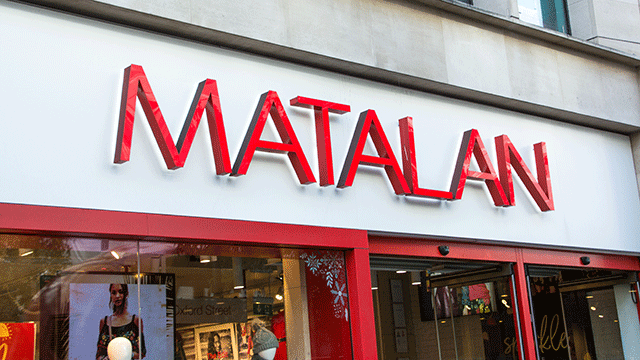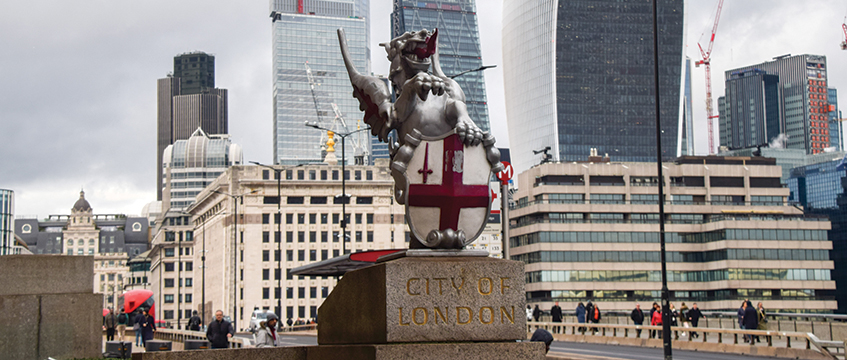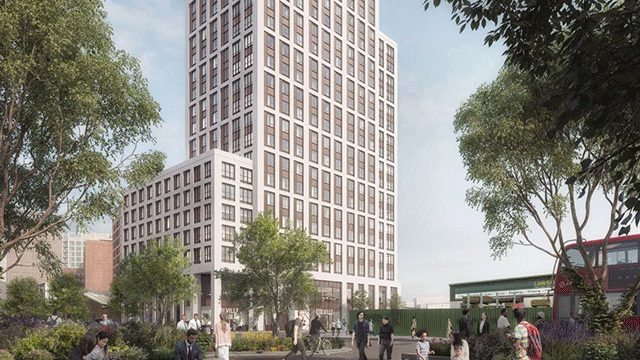Occupiers in the South East are set to experience a chronic shortage in office stock with strong sustainability credentials, according Knight Frank’s annual M25 and South East Office Market Report.
With attainment of 2050 net zero targets dependent on reducing energy use intensity of operational buildings by more than 60%, regulations are likely to set a mandatory B EPC rating requirement for buildings by 2030. This stipulation would dramatically alter the dynamics of the South East office market, exacerbating the current undersupply on new, best-in-class space that meets necessary sustainability credentials.
Data from Knight Frank shows that of the 11.3m sq ft of vacant space listed in the South East at the end of Q1 2021, only 6% had an EPC of A. Adding in B-rated properties, takes this total to 34.5%, potentially leaving the vast majority of stock in the region unlettable. Knight Frank said that if the below B-rated properties were stripped out of the area’s stock, vacancy rates would fall to 2.3% – a level that has never been recorded.
During the 40 months from the beginning of 2018 to Q1 2021, just 2.3m sq ft of speculative space has been developed in the market, bringing total availability for new, best-in-class space to 8% – the lowest level for 15 years. The total amount of space under construction across the South East stood at 1.6m sq ft at the end of March 2021, with 47% of this space already prelet, further tightening supply.
Emma Goodford, partner and head of national offices at Knight Frank, said: “Going forward, net zero targets will be an increasingly significant factor in lease negotiations given that sustainable real estate is critical to meeting the UK’s 2050 target. As the regulatory framework to decarbonise the sector continues to tighten, a greater proportion of occupiers and landlords will need to assess and disclose their carbon footprint. With low vacancy rates in the highly sustainable office stock categories, and a slower development pipeline, we expect to see a shortage in new best-in class space continuing to characterise the market until at least 2025.”
Activity in the region has held up well so far this year with 784,170 sq ft of space leased across 44 transactions in the first three months of 2021, the highest quarterly take-up since Q4 2018.
“The leasing activity we witnessed in Q1 demonstrated a continued commitment to offices, particularly in Thames Valley locations with an established ecosystem,” added Goodford. “Despite the uncertainty around the role of the office and the expectation of dynamic and hybrid work patterns, take-up during the quarter was consistent with the 10-year average, and vacancy rates have remained below the long-term trend.”
In a podcast with EG, Goodford and Simon Rickards, partner and head of South East offices capital markets at Knight Frank, outline a positive future for landlords and investors in the region, with a flight to quality and the space that the South East market provides, signalling an uplift in rental tone.
Demand for assets in the areas is already growing, with transactional volumes reaching £428m during Q1 2021 and a further £700m of assets currently under offer.
To send feedback, e-mail samantha.mcclary@eg.co.uk or tweet @samanthamcclary or @EGPropertyNews











